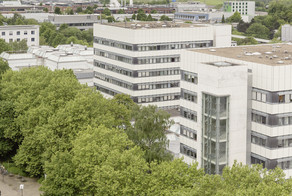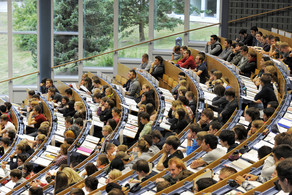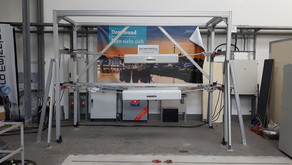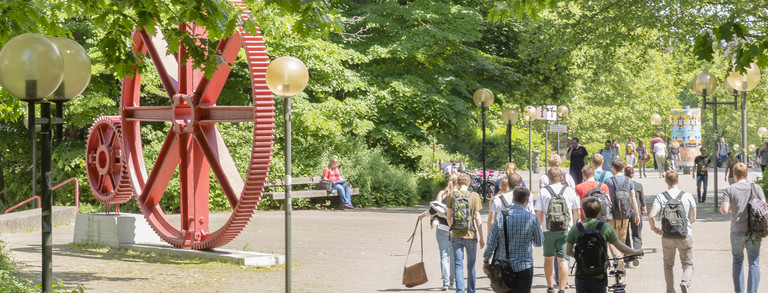Redispatch 3.0
Motivation
With the high penetration of distributed energy resources, the regulatory framework and grid operation procedures were adjusted in the amendment to the Grid Expansion Acceleration Act (NABEG 2.0). In this context, involving Distribution System Operators (DSOs) in congestion management is an important step in implementing the so-called “Redispatch” procedure. Redispatch aims at avoiding grid congestions across all voltage levels and tries to make grid operation more efficient, economical, and resilient.
In Redispatch 2.0, renewable energy sources and Combined Heat and Power (CHP) plants with a peak power larger than 100 kW as well as controllable loads can be remotely controlled by grid operators. In the future, forecasting of grid congestions will be carried out by Transmission System Operators (TSOs) and DSOs with the corresponding dispatch potential and requirements to enhance transparency and flexibility potentials across all voltage levels.
Goal
The project “Redispatch 3.0” aims at improving the integration of low-voltage plants as well as the cooperation and exchange of information between DSOs and with TSOs. The goal is to extend existing concepts from Redispatch 2.0 and implement, test, and evaluate developed approaches in practice via selected field tests.
ie³ Involvement
In this context, ie³ participates with two groups in the project: Distribution Grid Planning and Operation as well as Optimizazion and Control. The latter will develop optimization-based algorithms for scheduling congestion-free operation at the medium and low-voltage level. The former group will develop a framework for schedule validation in the agent-based simulation tool SIMONA. Integrating and testing the developed prototypical software in a cloud-based environment is an additional focus of the activities.
Project Partners
PSI GridConnect GmbH | emsys grid services GmbH | KISTERS AG | EWE Netz GmbH | MVV Netze GmbH | EFR GmbH | DKE | Projektgruppe Wirtschaftsinformatik des Fraunhofer FIT | Fraunhofer-Institut für Energiewirtschaft und Energiesystemtechnik (IEE) | Fachgebiet Energiemanagement und Betrieb elektrischer Netze (e²n), Universität Kassel | Institut für Energiesysteme, Energieeffizienz und Energiewirtschaft (ie3), TU Dortmund | TenneT TSO GmbH | 50Hertz Transmission GmbH | TransnetBW GmbH | openKONSEQUENZ e.G | EWR Netz GmbH | PSI Software AG Geschäftsbereich PSI Energie EE | Netz Leipzig GmbH





